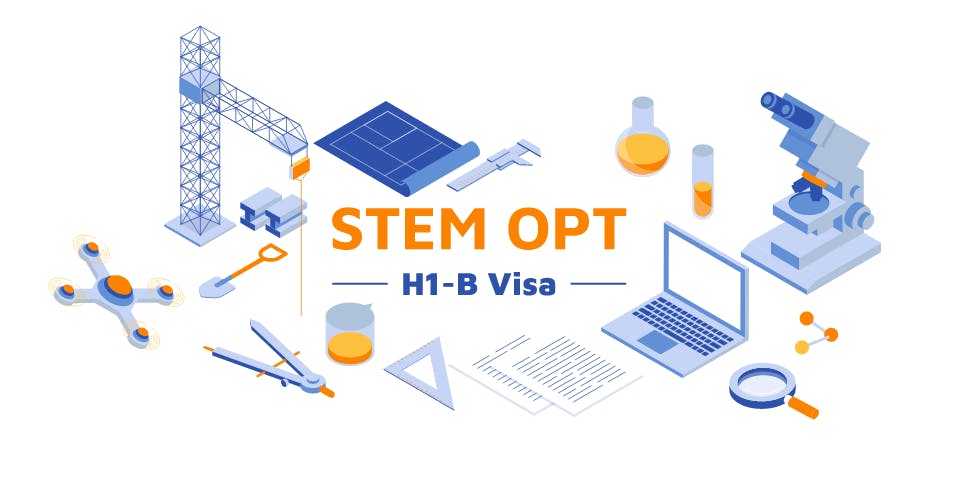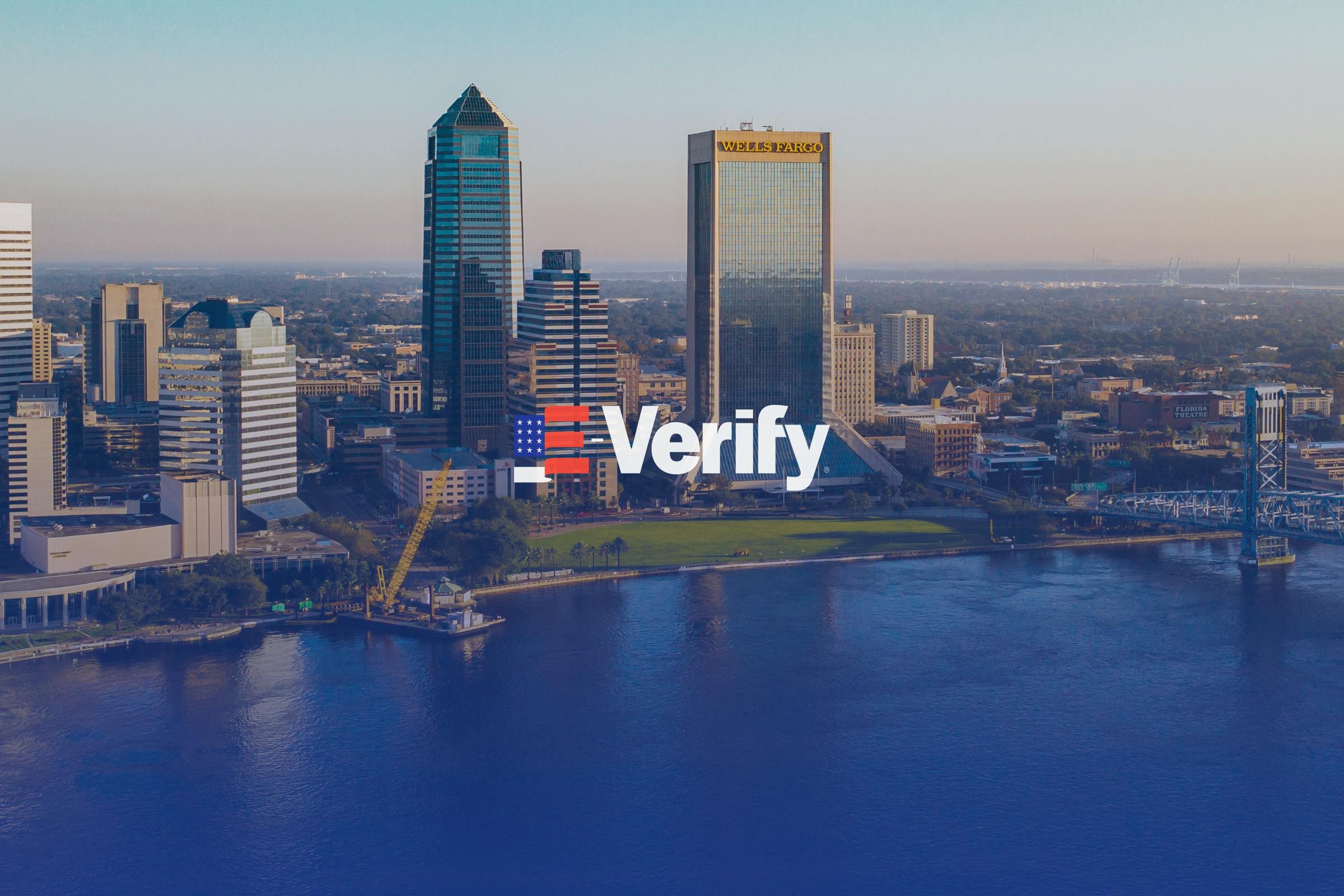In U.S. immigration, there is a fairly consistent trend of H1-B applicants who are professionals, or technical experts in one or more STEM field. STEM—or Science, Technology, Engineering, and Math represents an increasingly strong economic sector in the U.S., one that is growing and has a great demand for highly specialized labour. STEM workers could be working for a new tech startup, or in a laboratory settings in one of the life sciences, or are engineers working on an infrastructure project. Whatever the case, STEM is a sector with many job openings and a constant need for specialized talent. According to Brookings, a non-profit public policy institute, U.S. businesses say they cannot find the skills they need in the domestic labor pool and therefore need to access a global pool of STEM workers.[1] This represents a continual immigration issue as many employers are seeking H1-B applicants for employment based petitions.
In this article, we will take a closer look at the H1-B application process, and why applicants who are interested in this specialized visa end up working in one of the STEM fields in the United States.
Background
One of the main reasons that H1-B applicants end up working in the STEM field has more to do with how the U.S. immigration system works than it does the actual candidate or their specialized knowledge. For example, because of the way visas work in the United States, there is a great incentive for immigrants to want to remain in the United States, rather than having to leave the country and re-apply all over. This is because those who have been through the process know how long and complicated it can all be. Some who are eligible would rather try to change their status in the U.S. instead of having their visa expire.
This is what many international students do as they finish their studies in the U.S. and apply for Optional Practical Training (OPT). Under OPT, international students can work for 12 months in a U.S.-based job related to their field of study. STEM students usually receive the highest paid opportunities in lab settings and this is a major incentive to remain in the United States.
Considering an H1-B Visa
For immigrants who have taken up OPT, there is usually time to focus on a serious career trajectory, and to consider the possibility of remaining in the United States. However, such applicants who are on F-1 student visas will have a tough time applying for a green card because of the fact that they have been admitted as a non-immigrant. Therefore, the U.S. immigration system gets in the way of the individual exploring many different options. This is why many OPT professionals will opt for the H1-B visa. Such applicants can ask their existing employer to file an H1-B petition on their behalf, and if they get selected depending on the annual cap and visa allotment, they can change statuses to H1-B.
Salaries for H1-B Workers
The move to stay in the United States and pursue an H1-B visa given the stringency of U.S. immigration laws and the feasibility of the process usually pays off for applicants who stick it out.
The Cato Institute estimates that the average offered wage for all 61,420 H-1B requesting employers in fiscal year 2019 was $100,461, while the average prevailing wage determination was $83,619.[2] In addition, even the lowest skilled H1-B workers in the United States in the same fiscal year were offered salaries above the market rate in their profession. Overall, wages in the H1-B sector grew twice as fast from 2014-2019 compared to wages in the U.S. labor market in the same period.[3]














